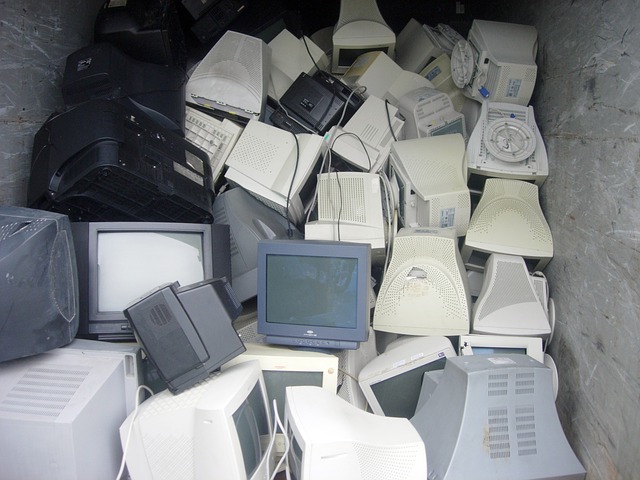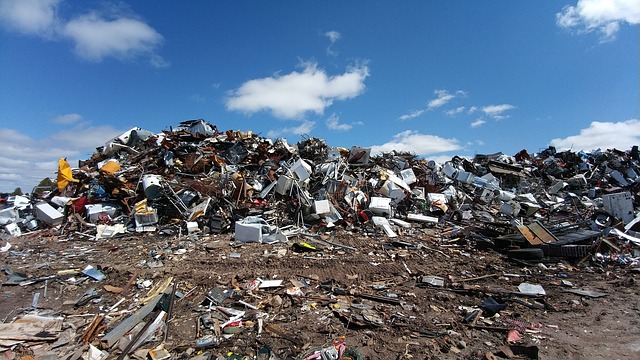The basic color distinction of trash cans is very simple and easy to remember. Yellow is for plastic, blue for paper, and green for glass. But have you ever found a large red trash can among these garbage cans and had no idea what it was for? The red garbage cans are for small electrical appliances. They are only placed in densely populated towns and villages. You may not even know that such containers exist and may not know what to put in them and how to put it in, because it is not a requirement that they have to be near your house.
Small electronic devices are, for example, pencil batteries, cell phones, MP3 players, cameras, video cameras, small computer accessories (mouse, keyboard), headphones, calculators, shavers, kettles, etc. All of these items should be properly separated and not thrown away together in the same bag with general waste. Note, however, that not all electronic devices will fit in these garbage cans. As a general rule, large white goods, refrigerators, washing machines, rotary dryers, freezers, dishwashers, and electric cookers should not be placed in these bins. Televisions, computer monitors, light bulbs, and fluorescent tubes are also included. For bulky appliances that at first glance do not fit into containers due to height or width, there are collection yards where all of these appliances can be deposited free of charge.

Why is it important to separate electrical appliances?
Electrical waste contains many toxic (poisonous) substances. The most common are heavy metals such as mercury and lead, which can adversely affect our entire nervous system. If we continue to dispose of electrical appliances as mixed waste, improper disposal in landfills can cause these appliances and equipment to begin leaking toxic chemicals into the air, soil, and water, which not only pollutes the environment but can also be very harmful to our health. Therefore, it is important to separate these wastes as well, and proper separation will lead to recycling. Appliance recycling is the reuse of raw materials from appliances. This is done in various workshops and factories dedicated to this purpose. In practice, each appliance is first disassembled into individual components, which are then gradually recycled and processed.